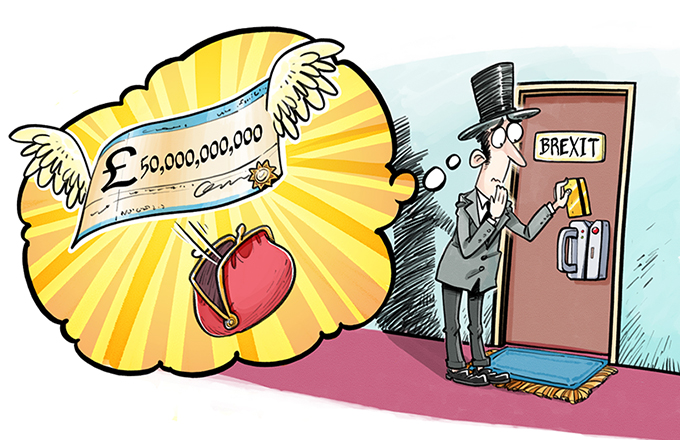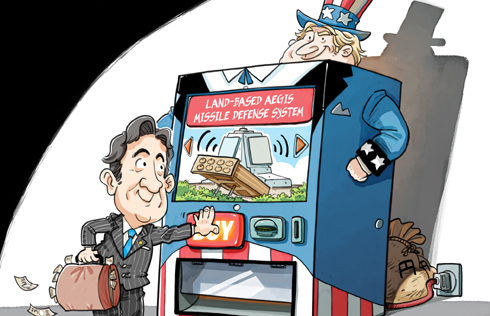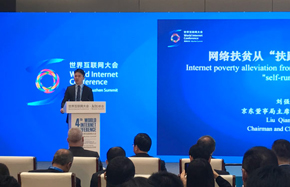Action to clean the air
In a wide-ranging action plan published on Thursday, the Chinese government vowed not only the toughest-ever measures to combat airborne pollution, it also promised explicit targets to be attained within a given period.
The action plan is committed to cutting the concentration of inhalable suspended particles with a diameter of 10 microns or less by more than 10 percent by 2017 from the 2012 level for prefecture or higher-level cities. While Beijing, Tianjin and Hebei, which have witnessed the worst of the smog, will reduce particles with a diameter of 2.5 microns or less by 25 percent during the same period.
To meet these targets the action plan aims to cut the total consumption of coal to below 65 percent of the country's total primary energy use by 2017 and raise the share of non-fossil energy to 13 percent. It also promises a 20 percent cut in the country's energy consumption per unit of its industrial value added by 2017 from the 2012 level, and a wide range of other measures, such as concrete steps to promote the transformation and upgrading of industries and tighter control over high polluting and energy intensive industries.
To ensure the new measures are implemented, the government has also pledged to set up a cross-department oversight regime and an environment-focused performance assessment mechanism and said it will impose heavier penalties on violators.
This is China's second national program on air pollution treatment since the Ministry of Environmental Protection and two other departments promulgated a five-year program on ways to reduce air pollution at the end of 2012.
And amid ever-growing public dissatisfaction over the chronic and widespread haze across wide swathes of China, local governments have also drafted or will draft their plans to tackle air pollution. The Beijing municipal authorities have announced measures that include strict control on the increase of new vehicles and restrictions on exhaust emissions.
The measures worked out by China's central and local governments reflect a change in development philosophy and the government's determination to put the country on a healthier development path. However, given the financial cost such a shift entails, at a time when local governments have revenue concerns due to the national slowdown, it requires determined will to turn the plan into reality.
(China Daily 09/13/2013 page8)



















